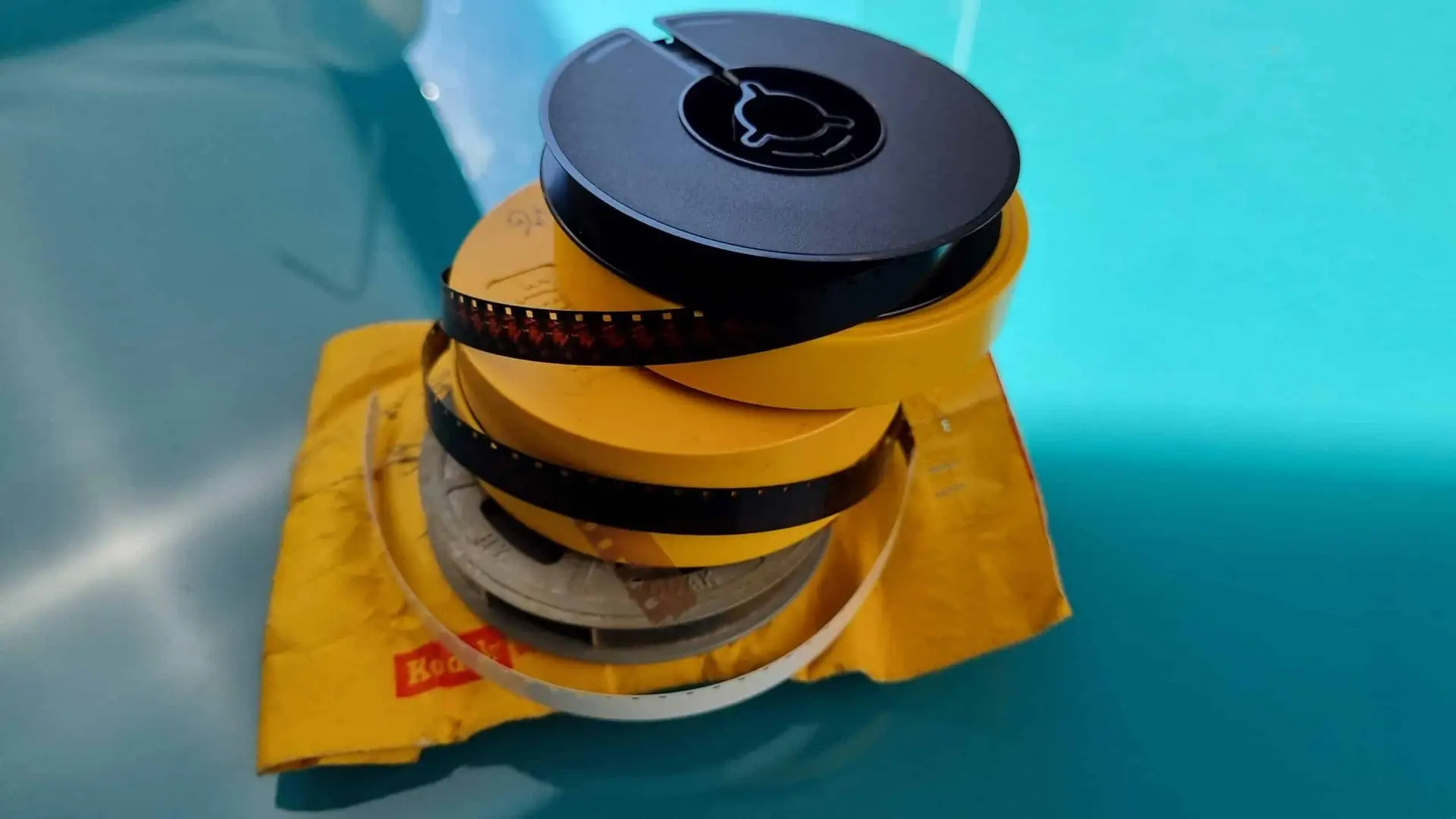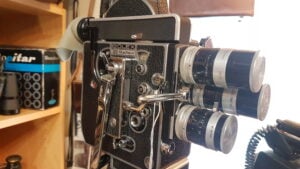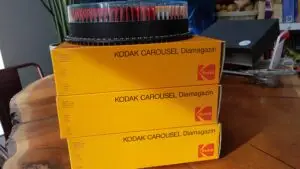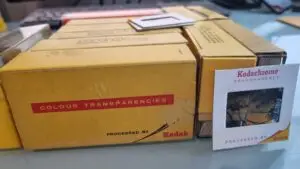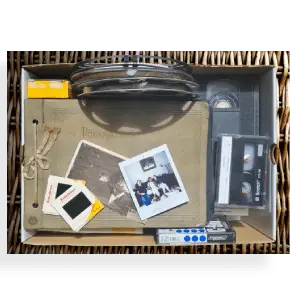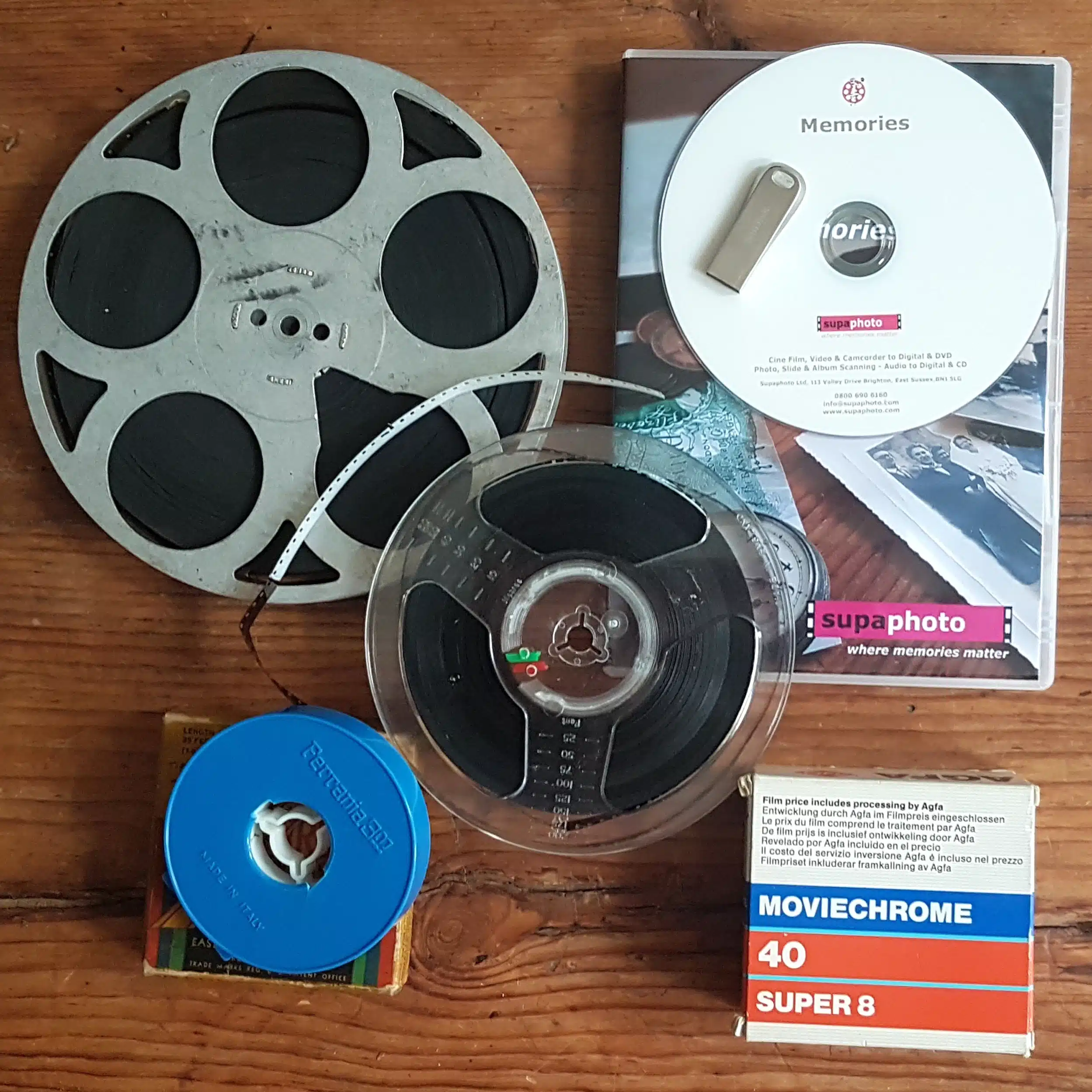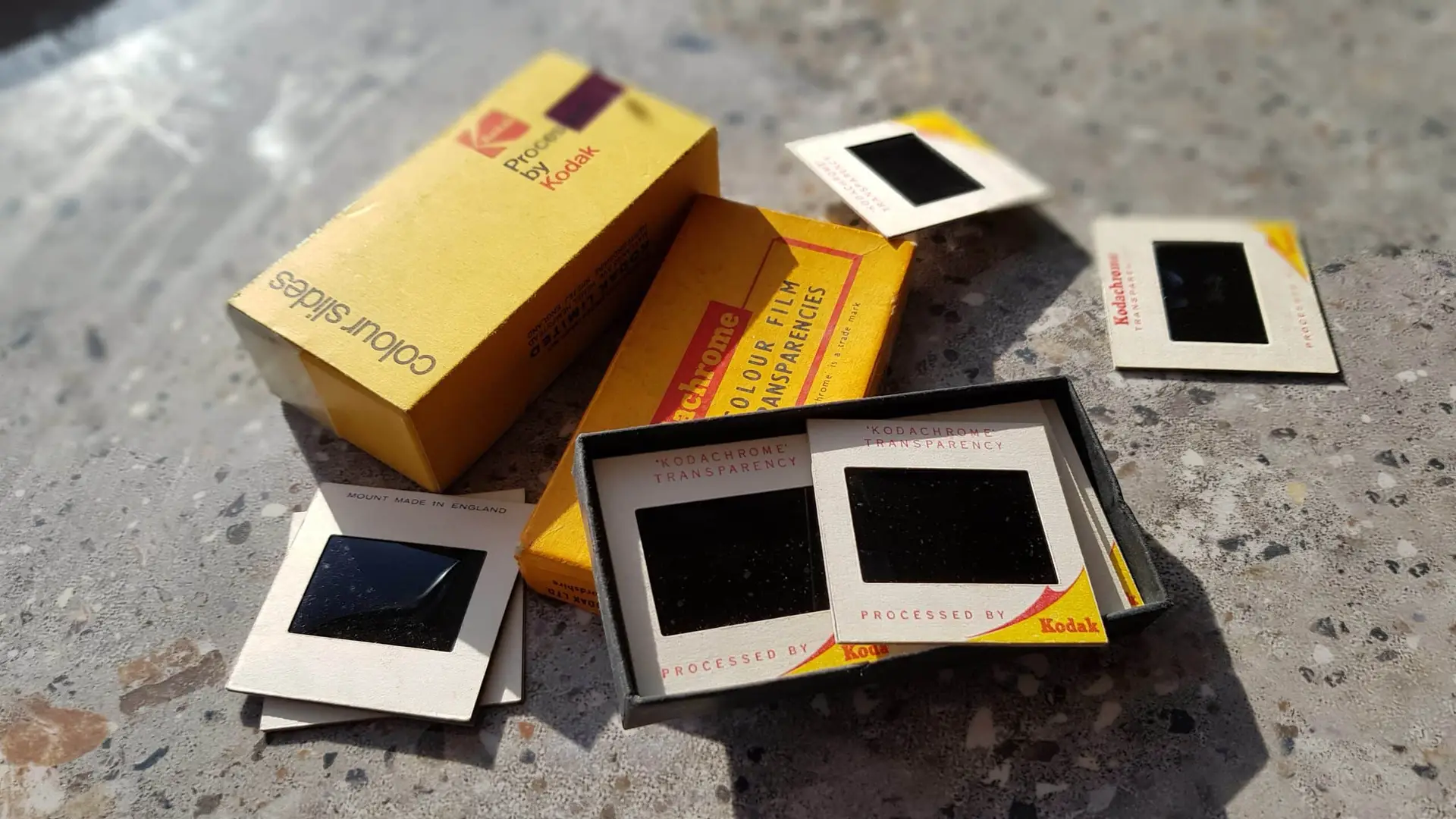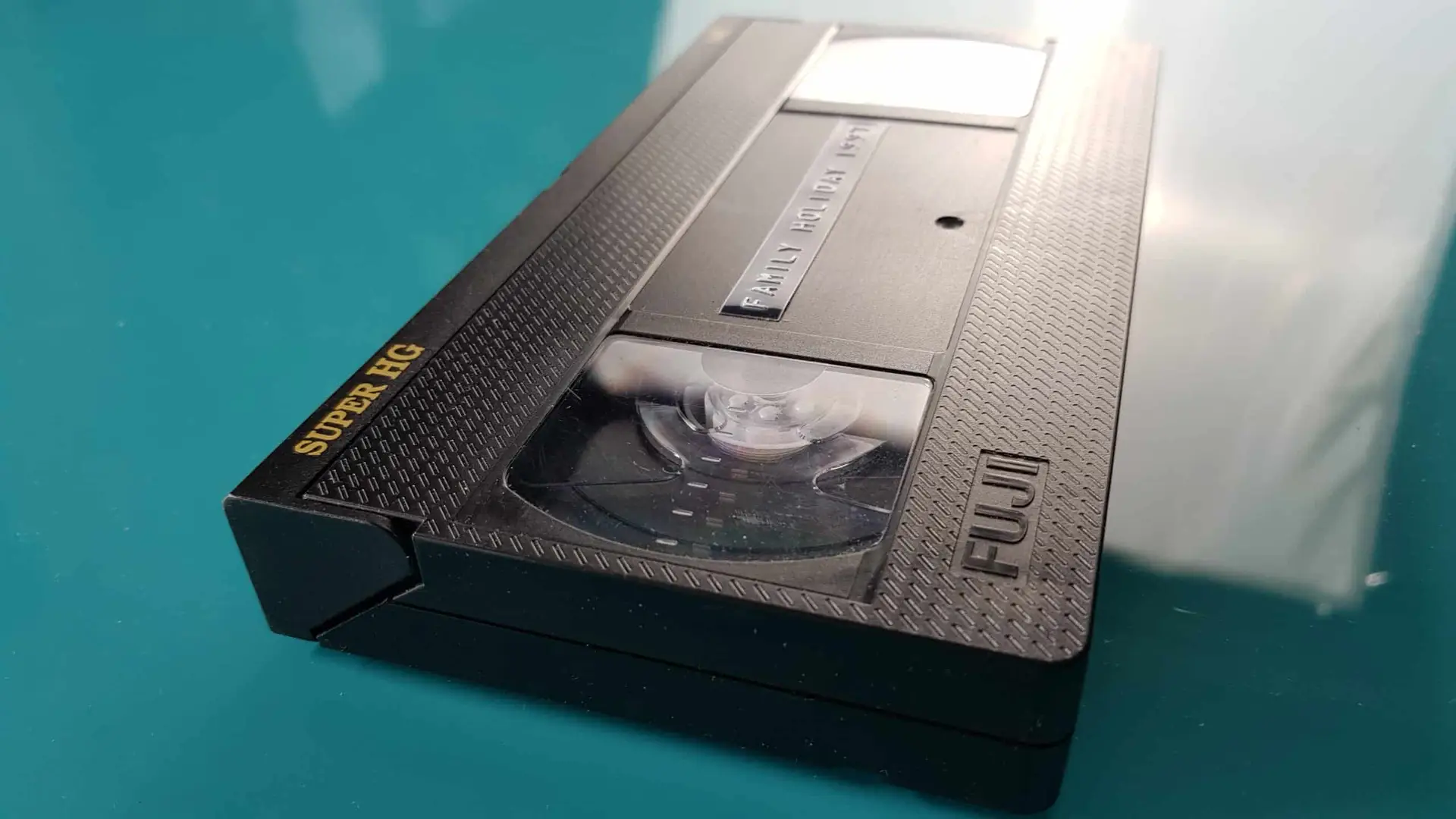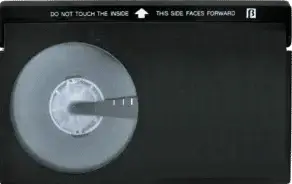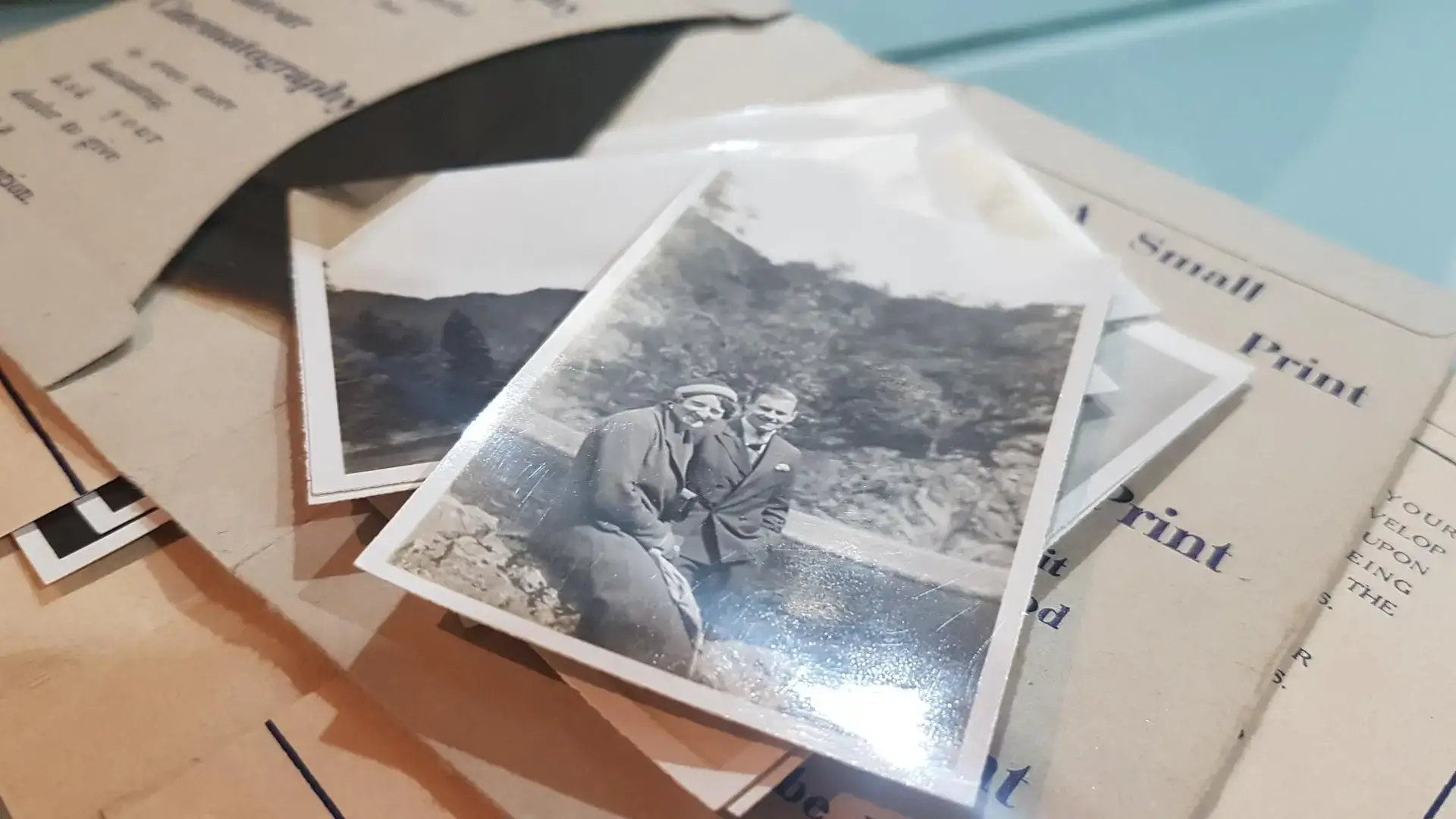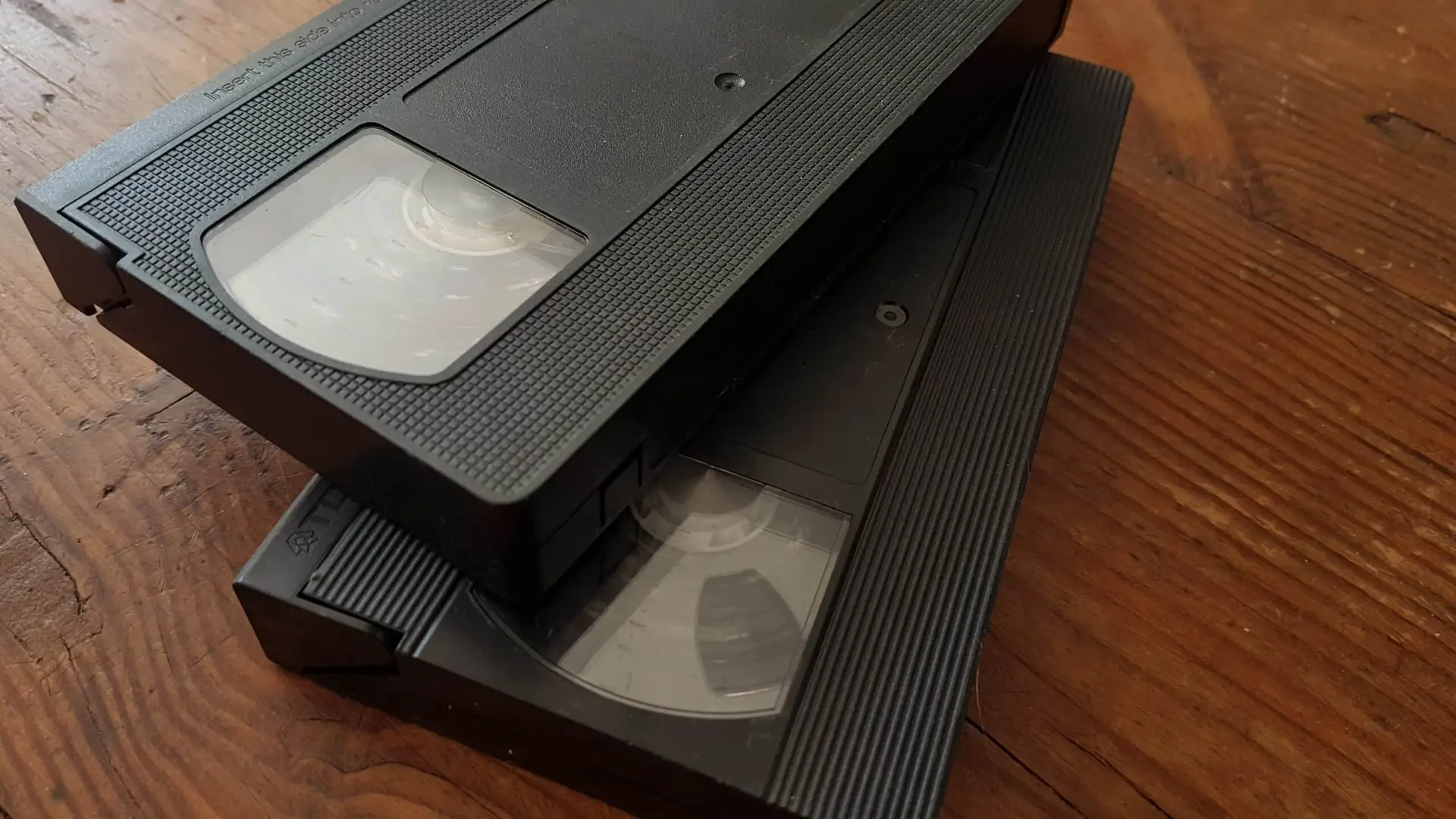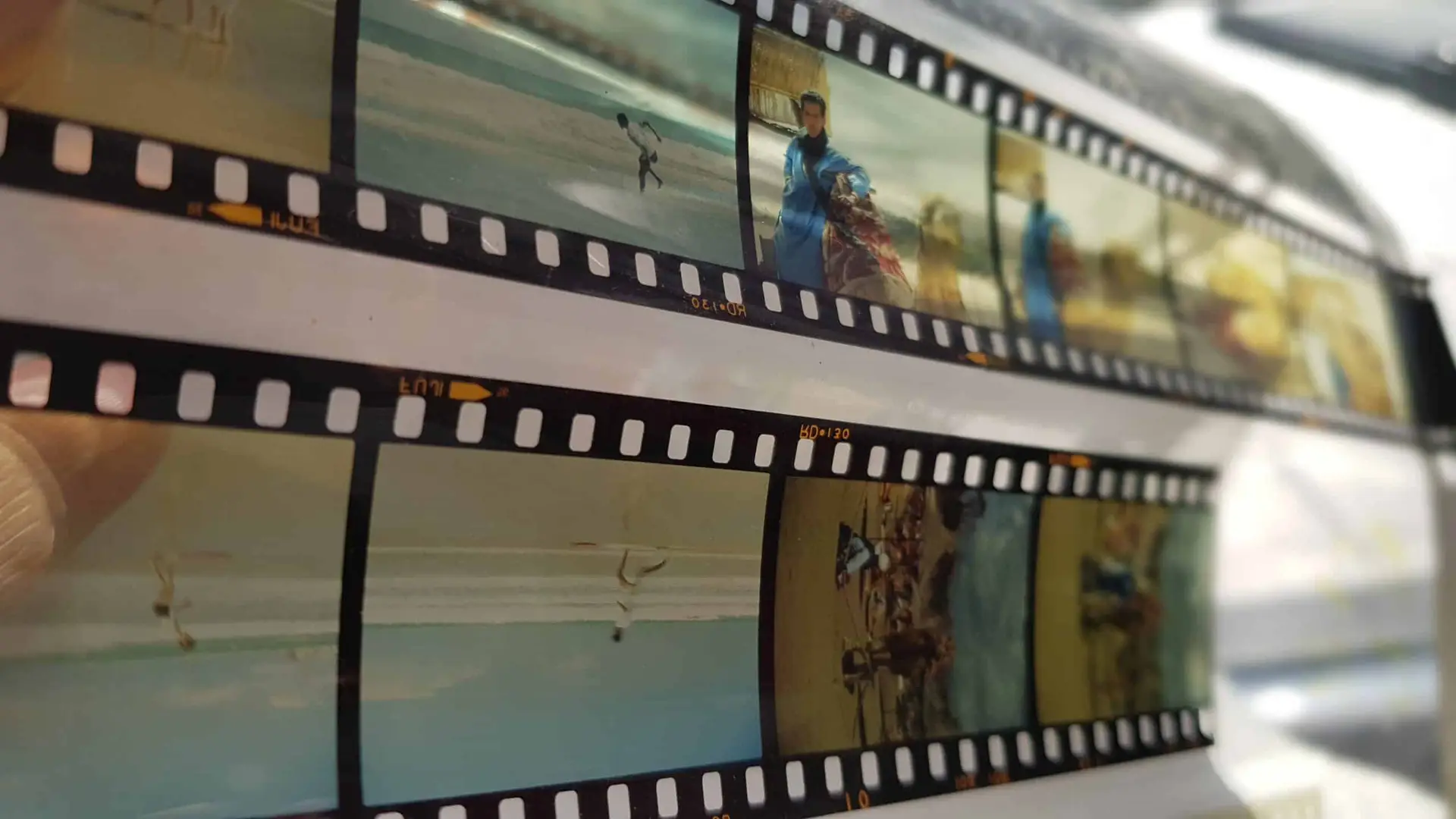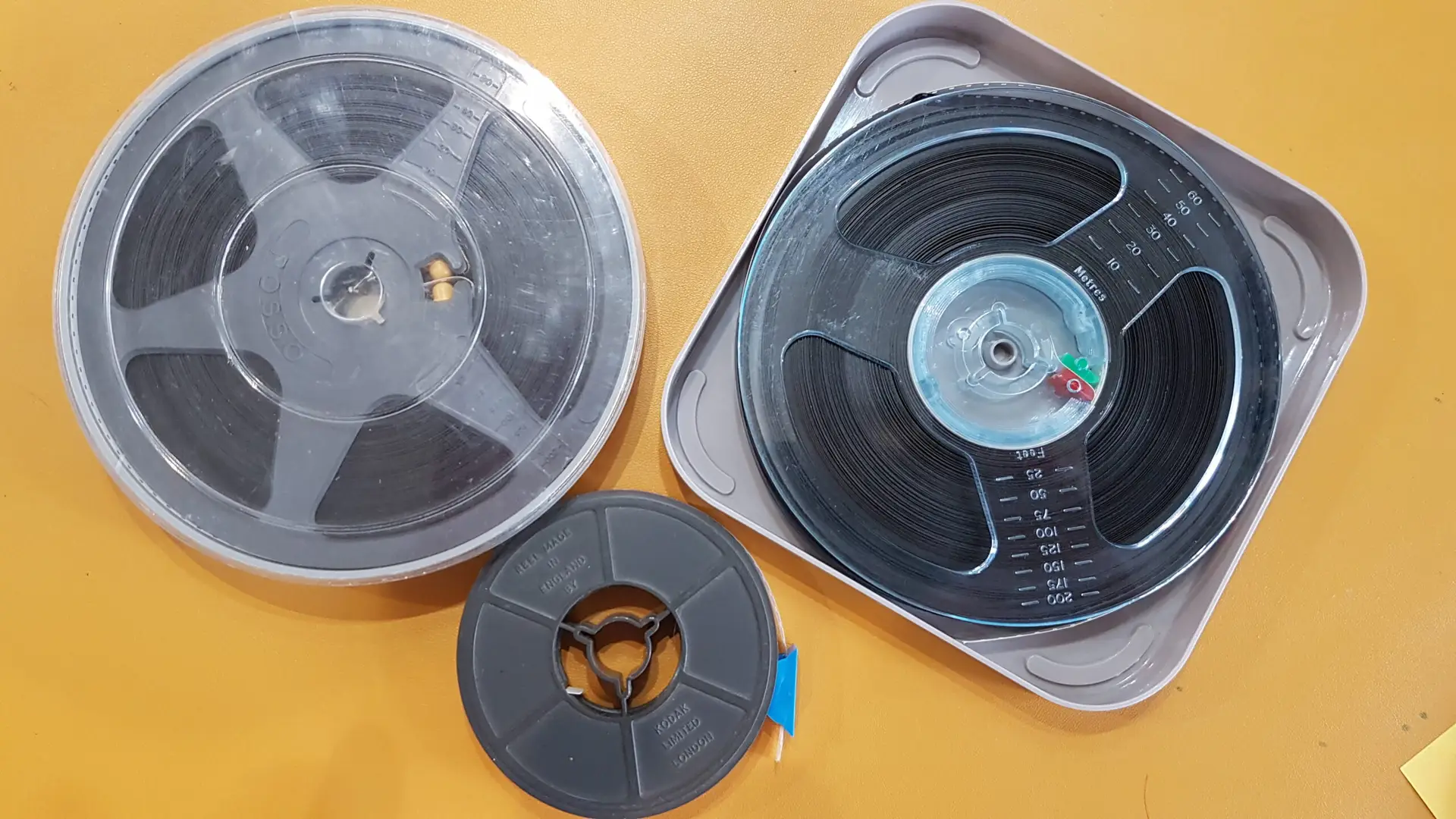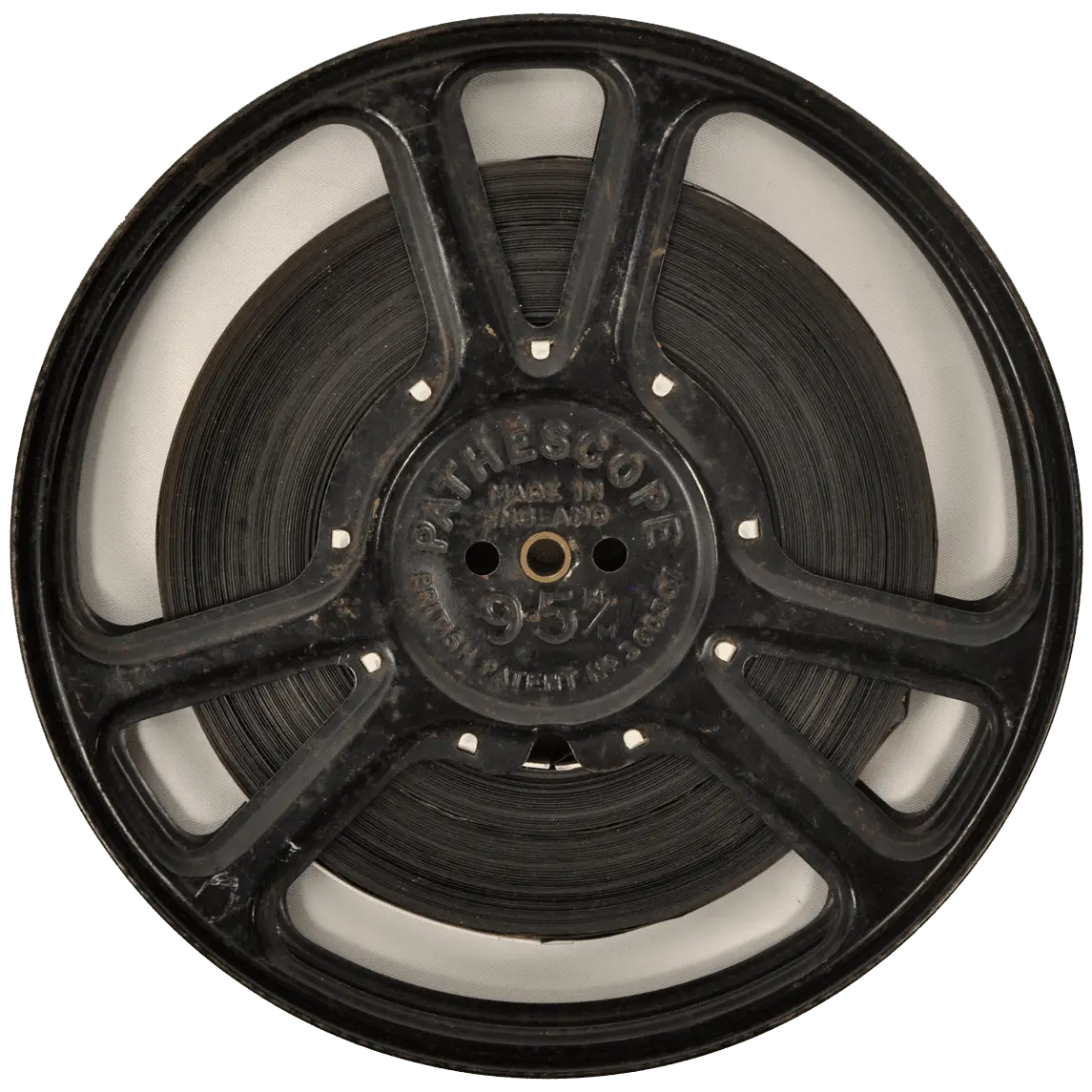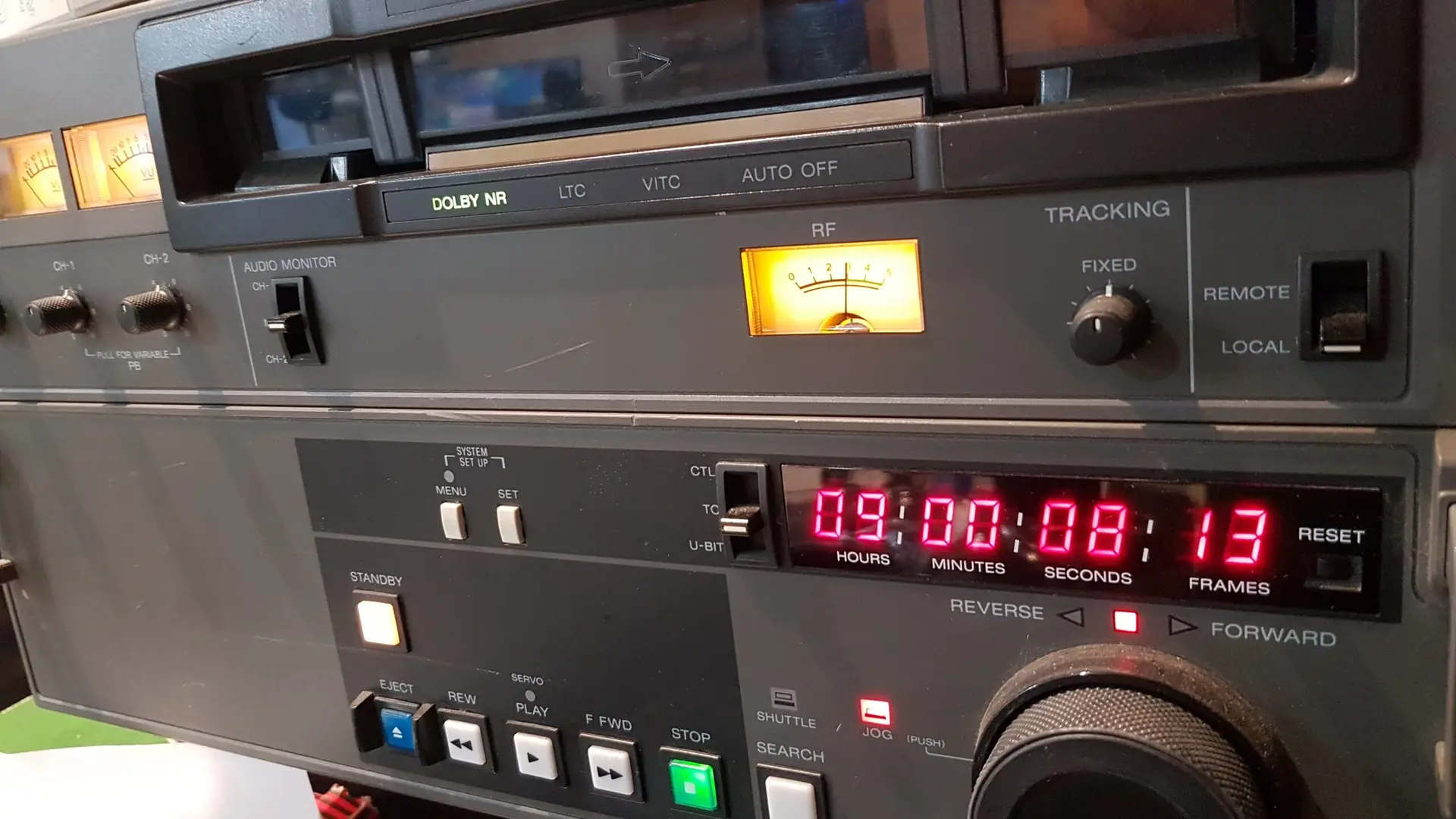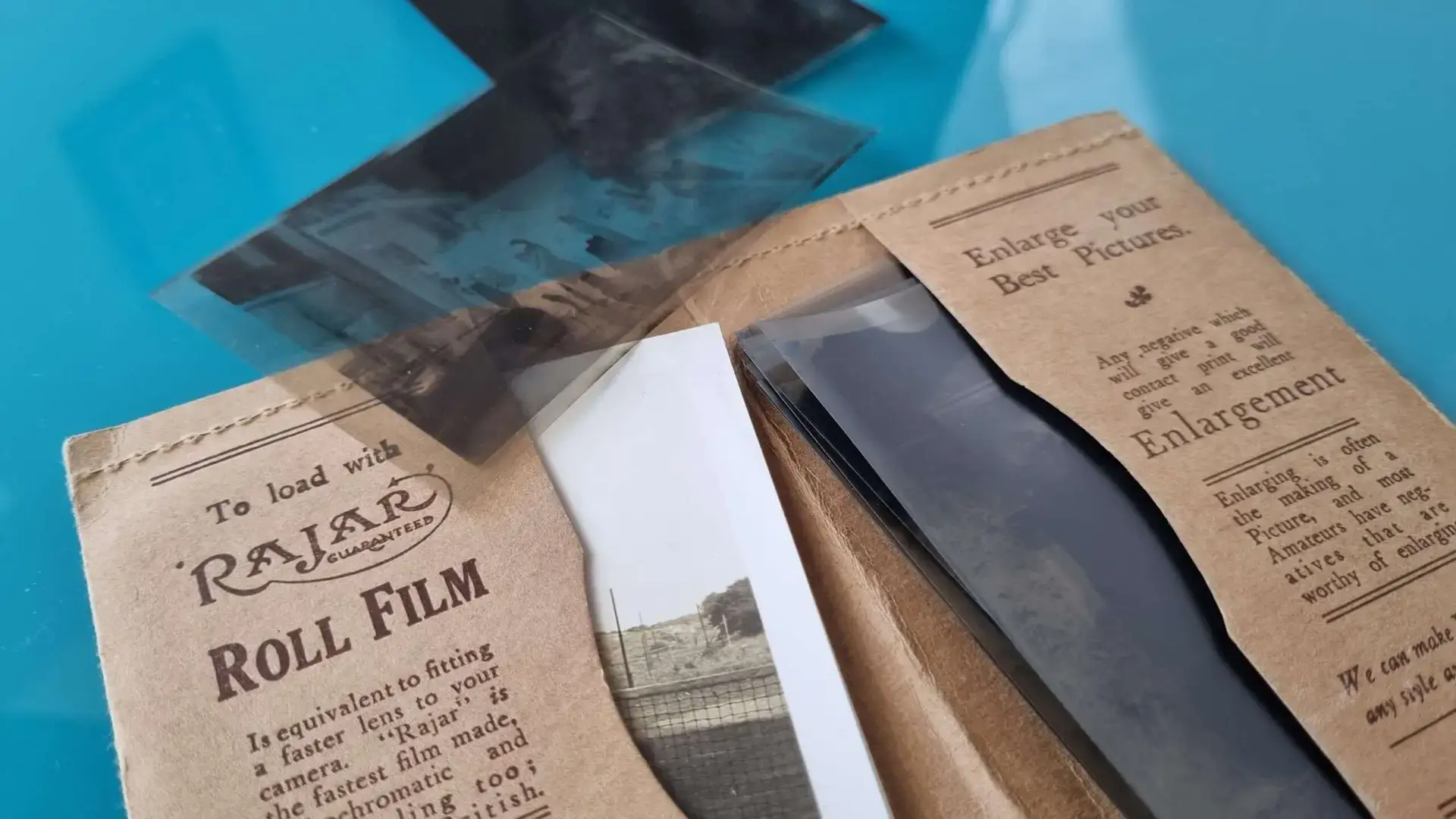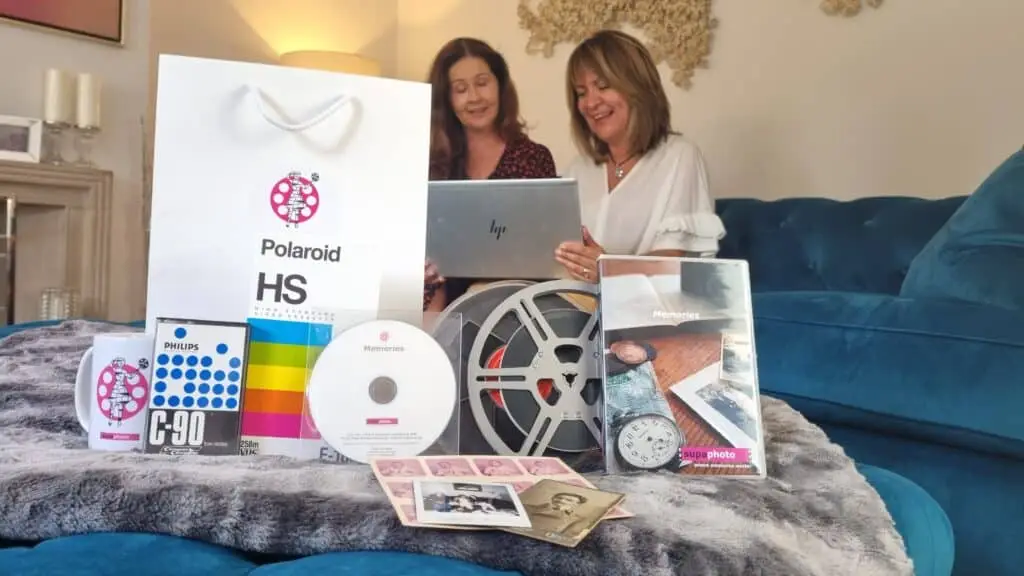What is Super 8 Film?
Super 8 film format has been around for decades. Before considering converting super 8 cine film to digital, consider the magic behind it’s birth and how it made its mark on culture in the 1960s due to being the first reliable and affordable means for home video. It birthed a generation of amateur filmmakers all over the globe and changed the industry for the better. The differences between it’s predecessor can be explored more. See the Here are some of the reasons it was such a successful format.
Kodak released the film in 1965, designing super 8mm film as an upgrade from the existing 8mm film formats on the market at the time. It offered a more user-friendly filming experience for home videographers. Initially, Kodak sold a dedicated camera for use with it, but as its popularity increased, other companies began manufacturing camera models that recorded in the Super 8 format. Over time, other companies also began producing their own versions of Super 8 film.
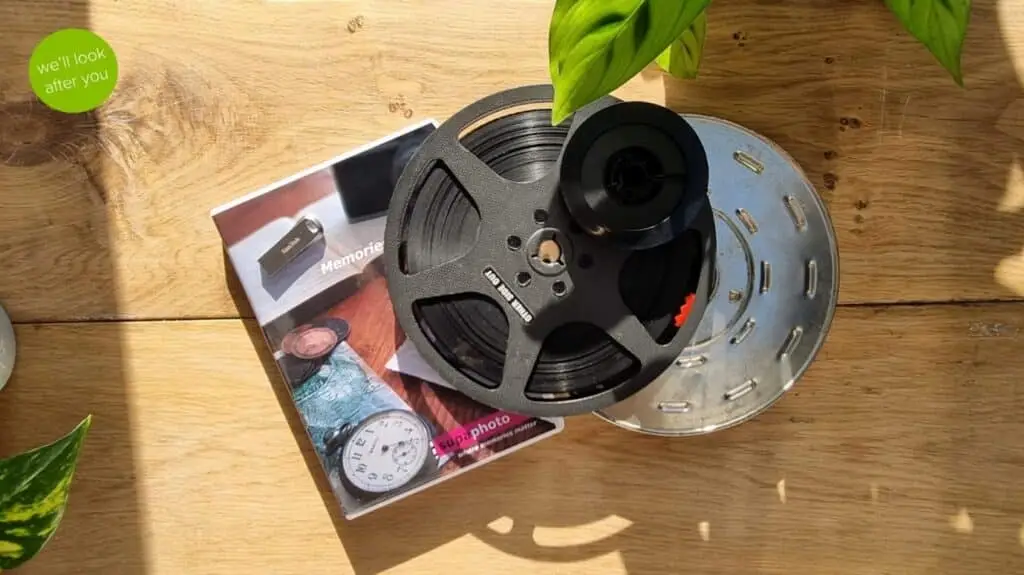
Super 8, upon its release, earned the reputation as the premier motion picture format on the market. It continued to assert its dominance throughout the late 60s and into the 70s, during which the format underwent significant advancements. In 1973, a version equipped with the capability for magnetic sound recording was introduced. It marked one of the early instances of a home recorder featuring sound recording functionality.
The next version to be released was the Double super 8. This enabled the film to run through the camera twice and expose both sides of the film. This led to a more stable, high-quality picture than the earlier standard.
Super 8 Cine Film – What Were it’s Benefits?
Before its debut, filming was a very tricky thing to do. The pre-existing format was 16mm, this was a pain in every aspect of the word. Every step was tricky from getting it into the camera in the first place, you’d have to remove the film around halfway through filming and flip it the other way, and put it back in the camera.
This is what made the super 8 such a welcome format in the videography work. It’s inexpensive and practical to use. Kodak even made it easy for the film to be played on a projector after it had been processed. The picture was good too, with vibrant colours and a soft picture, and is still a popular and appreciated format today. You can even apply super 8 effects on various mobile apps.
The Legacy of Super 8
At its release, the Super 8 was revolutionary in the world of amateur film-making and home video and was influential through the following decades. The Super 8 format has been influential in the career of many, now globally known, directors. The likes of Steven Spielberg have credited his early filmmaking and success in his career partly down to his experience with Super 8 at a young age. Nowadays it’s normal to transfer super 8 cine film to digital but it wasn’t an option back then..
Super 8 has now made somewhat of a comeback in terms of popularity, with hobbyists interested in the history also opting to shoot on the Super 8 format. This is due to its unique video style and ‘retro’ look.
Here at Supaphoto, we have decades of experience in converting various films including Super 8. We encourage you to begin your old super 8 cine film to digital project started before it’s too late! Interested in converting Super 8 cine film to DVD? Then you’re in the right place. You can discover numerous informative articles on this site as well. Feel free to explore and gain additional insights into Supaphoto’s services in general, including Super 8 to DVD conversions.
Converting cine film at the end of day or looking for cine super 8 to DVD isn’t a simple process. The best thing to do is contract a company that has been doing it for over 20 years like Supaphoto.


